Tips from The Strad’s 130-year archive on achieving crisp and clean articulation
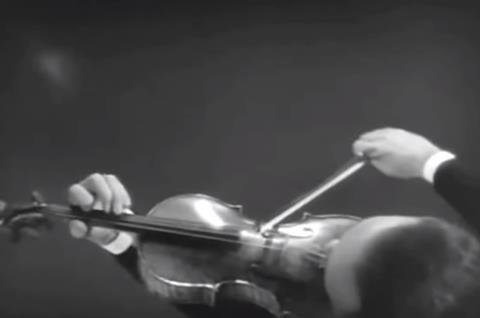
Discover more Technique like this in The Strad Playing Hub
1.
Up- or down-bow staccato is a unique an individual stroke, and as long as it works, it does not matter how you do it. The most desirable staccato is light and spiccato-like, played with a free and relaxed arm, and is controllable at any speed.
The bow does not sit on the string as a dead weight. The hair, the wood of the bow and the string are all springy. All the bow ever wants to do, if it is pushed down towards the string, is to spring back up again. In staccato, as in the other lifted or bouncing strokes, such as spiccato, sautille and ricochet, the fact that the bow wants to bounce is the single most important factor. The first step towards a successful staccato is to go with the natural tendency of the wood and hair of the bow, rather than to try to do something specific with the arm or hand.
Simon Fischer, The Strad, September 2009
2.
[Cello] staccato is controlled with the thumb and first finger of the right hand. All the fingers are important, but the first is the leader. The other fingers should be very light and loose on the frog so that the weight of the bow is not increased. Playing with the hand like a fist on the bow is not good. The wrist should be firm, but not tense. I have no tension in my arm and my hand is supple, not stiff. All the way from the shoulder blades the right arm must be very loose.
If, for example, I’m playing an up-bow staccato scale starting in the middle of the bow, I pronate my hand with the bow on the string so that the index finger is digging into the stick, taking a little bite, then releasing. I do the same for each stroke so that I stay right in the middle of the bow. There is a natural rebounding of the bow.
Xavier Phillips, The Strad, November 2006
3.
[Double bass]: With staccato and spiccato, their quality, accuracy and clarity depend on the feeling of the vibrations that emanate from the bow stroke. Even though the bow length is very minimal, the vibrating stick should still produce a 'sizzling' feeling on the fingertips.
In order to maximise the feeling of the vibrations, the speed of the bow for the staccato stroke should remain slow so that the bow placement will be nearer the bridge than the fingerboard. Just as with a slow legato stroke, the bow must remain relaxed and the sideward movement of the bow should be generated from the back with minimal movement in the fingers, wrist and elbow.
Gary Karr, The Strad, June 2009
4.
In contrast to smooth turning we must cultivate the distinct or biting attack in staccato. The bow must be settled on the string and pressed against it before the intended appearance of the tone, so as to start it with an effect similar to that of a string consonant in speech, k ort or p. We can detach several tones in succession in one direction, up or down, at a moderate speed. But particularly charming is the effect produced by detaching a row of quick tones in the same direction.
This is what violinists usually understand to be meant when the term staccato is used, though this Italian word simply means detached. This quick staccato causes trouble to many a player, and when he succeeds in producing it, he generally find it reliable in the upper third of half of the bow and in the up-stroke only.
Carl Courvoisier, The Strad, October 1893
Read: Technique: Teaching collé
Read: How I warm up: violist Maxim Rysanov
Discover more Technique like this in The Strad Playing Hub
5.
The best staccatos appear to be a combination of the following:
Up-bow: 1. Play the outer edge of the hair; 2. Raise the elbow; 3. Angle the point of the bow slightly towards the fingerboard; 4. Lean the hand slightly towards the fourth finger.
Down-bow: 1. Inner edge of hair; 2. Lower elbow; 3. Angle the point of the bow slightly towards the bridge; 4. Lean the hand slightly more into the first finger.
Play each staccato note with the hand and fingers, the arm simply transporting the hand like the beam of a crane. Or play from the forearm, with relaxed upper arm, and let the fingers (and hand) move. In other words, use a passive movement of the fingers. Or keep the fingers solid on the bow and make each note with the forearm or whole arm
Simon Fischer, The Strad, December 1994
6.
In order to acquire that light pulsation and play of the wrist from whence velocity in bowing arises, it will be best for you to practise every day one of the Allegros of which there are three in Corelli solos, which entirely move in semiquavers. The first is in D, in playing which you should accelerate the motion a little each time, till you arrive at the greatest degree of swiftness possible; but two precautions are necessary in this exercise: the first is, that you play the notes staccato, that is, separate and detached, with little space between every two, for they should be played as if there was a rest after every note.
Giuseppe Tartini, The Strad, 1891
Read: ‘Free and ringing, never forced’ - Technique: Developing bow control for improved tone
Read: Technique: Smooth string-crossings
Explore more Technique like this in The Strad Playing Hub
Reference


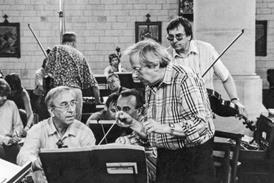
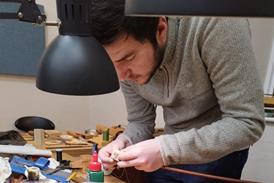

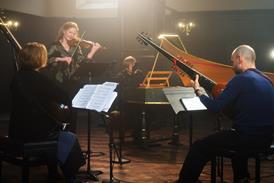
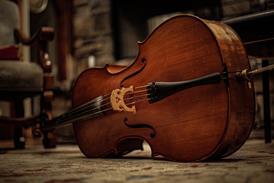




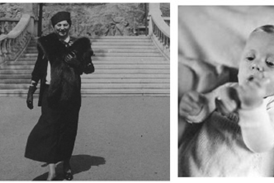
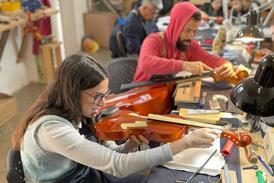
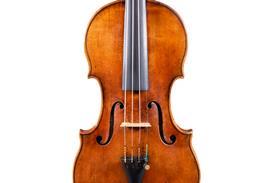
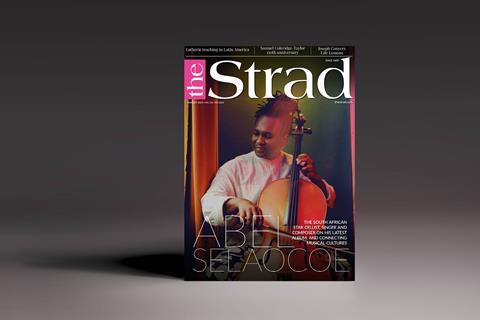



















No comments yet